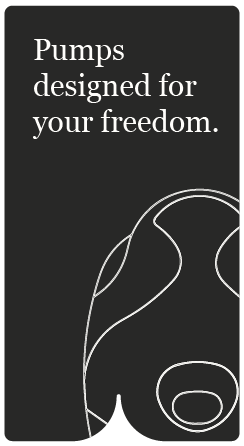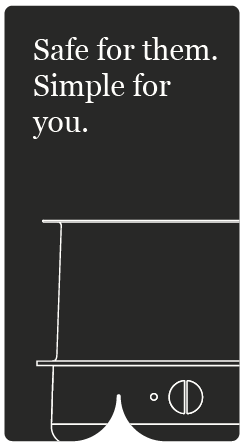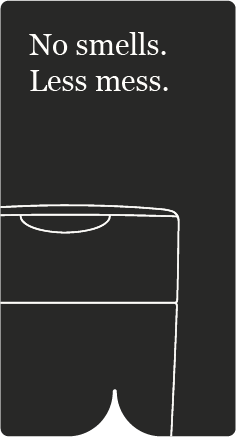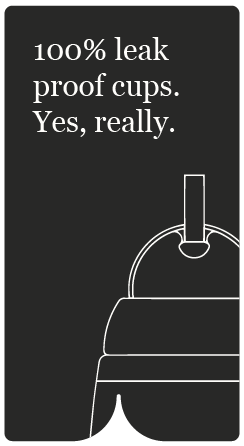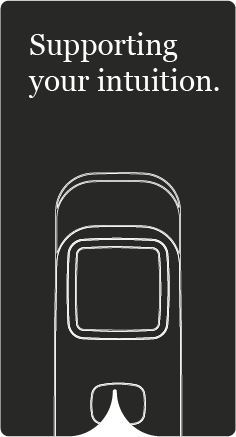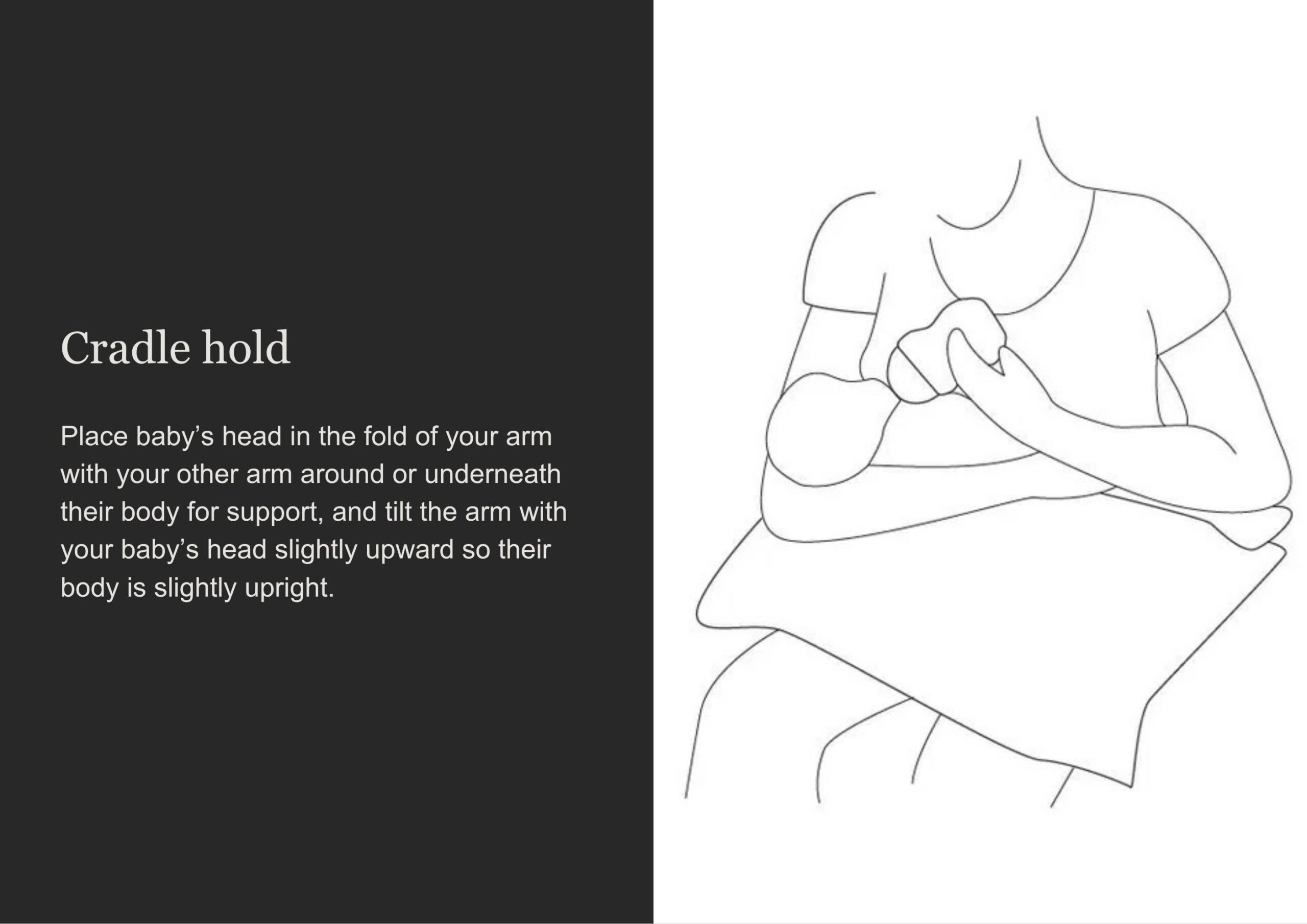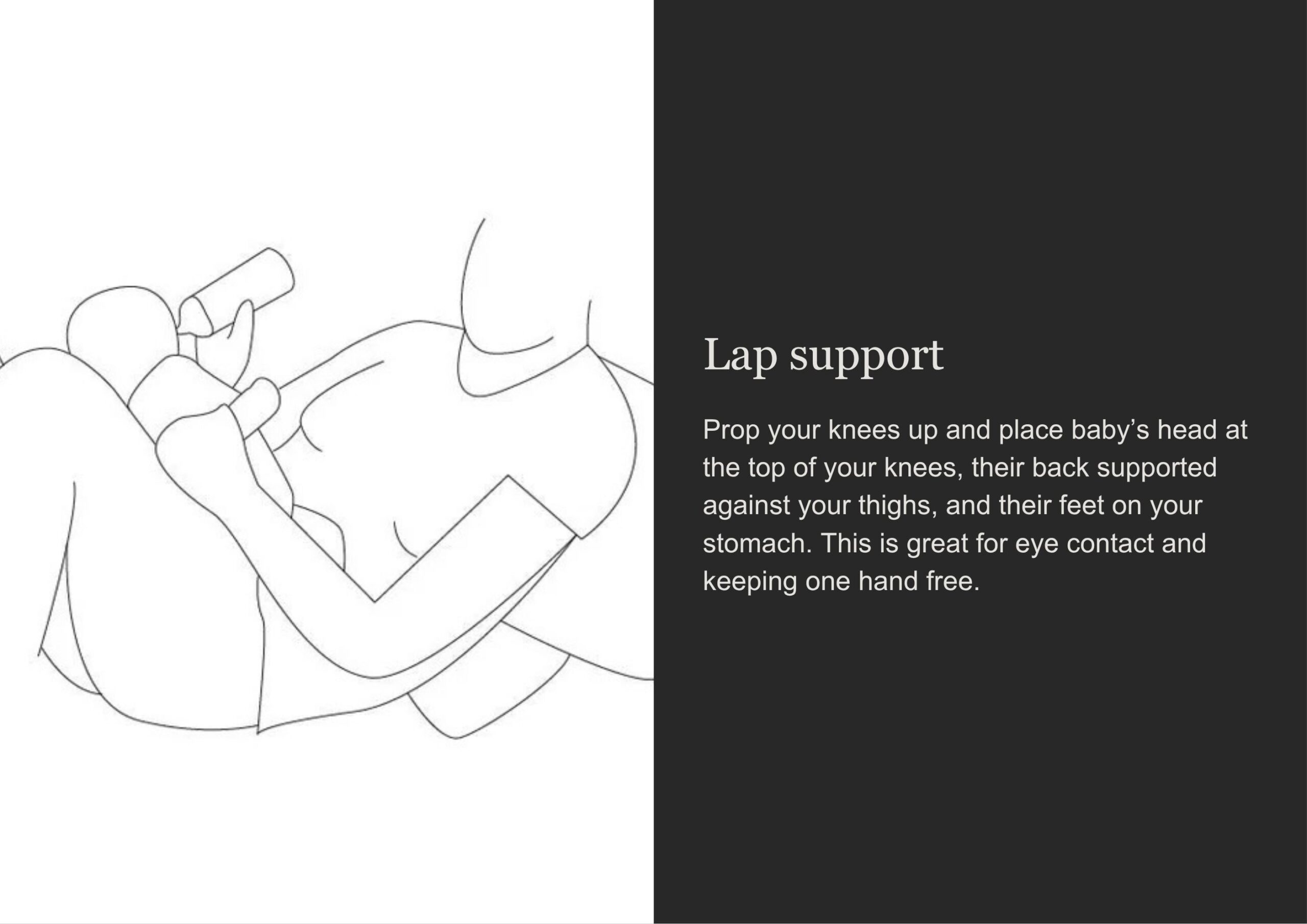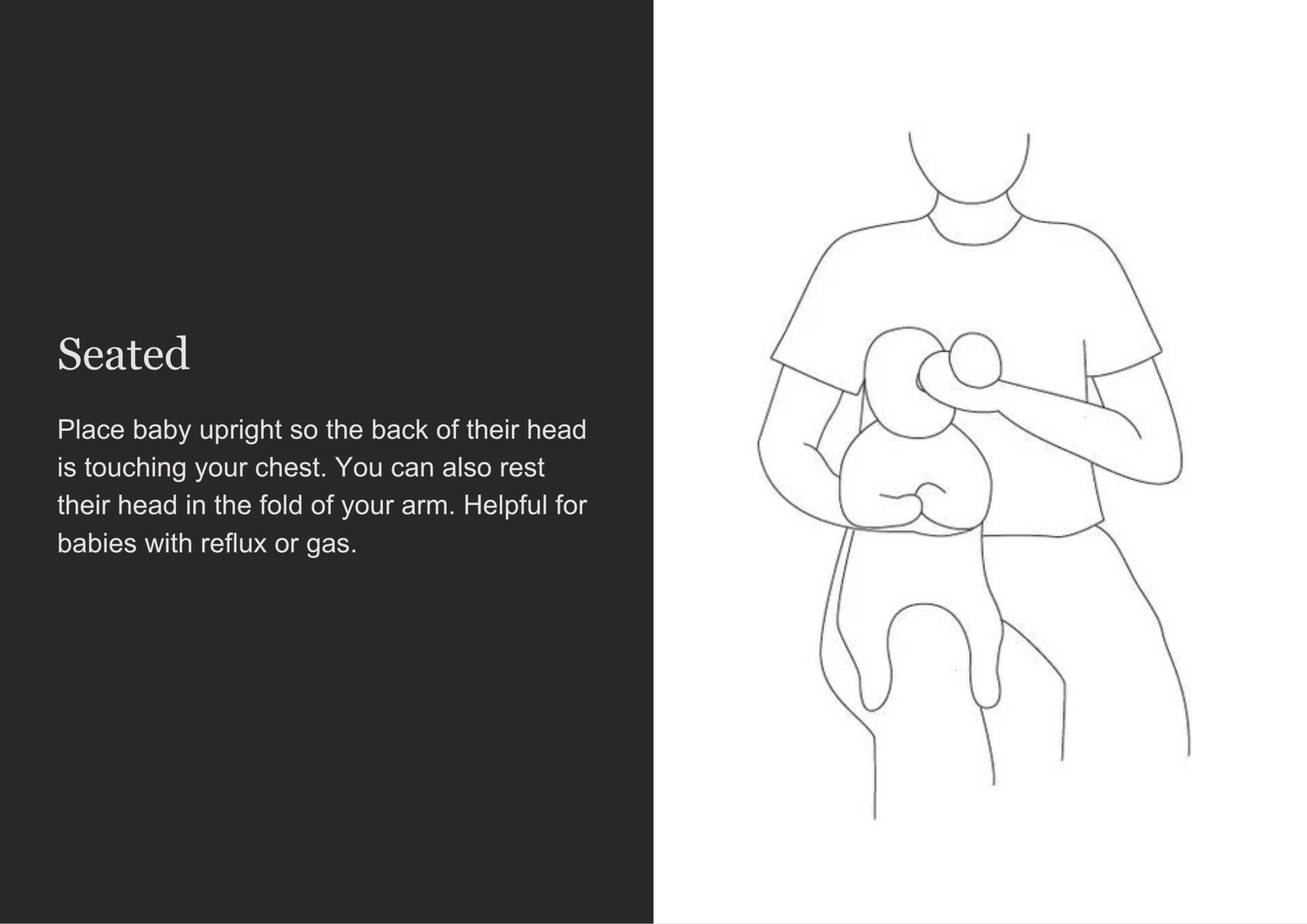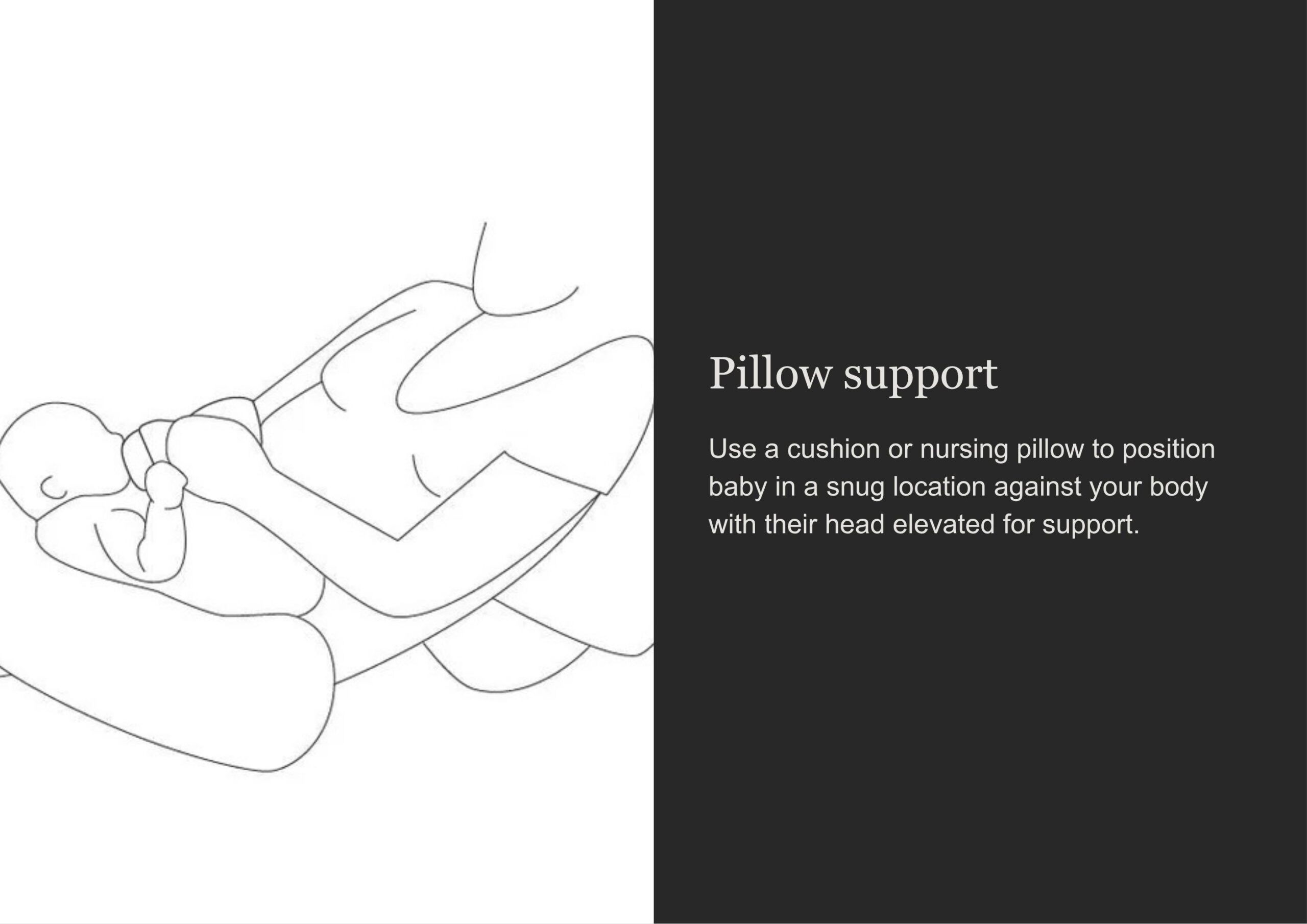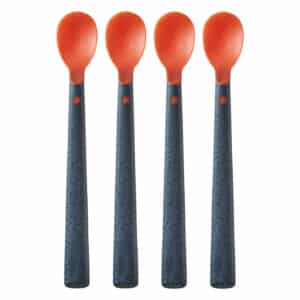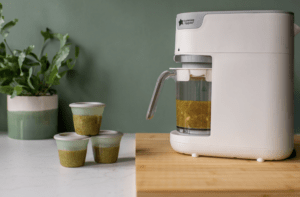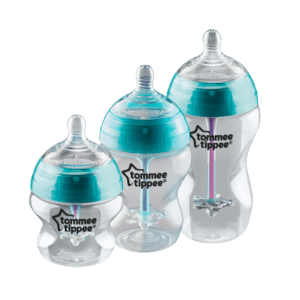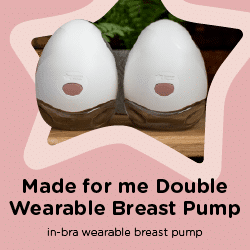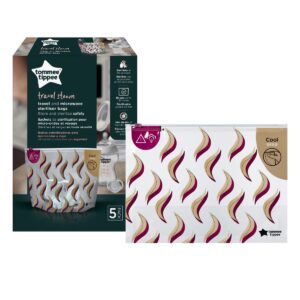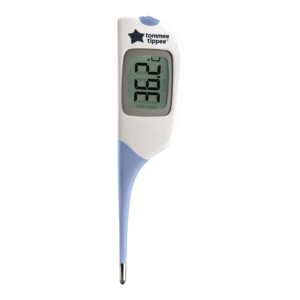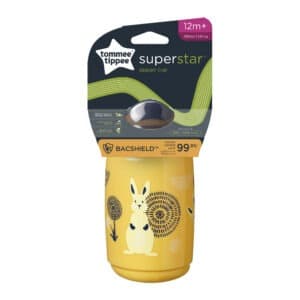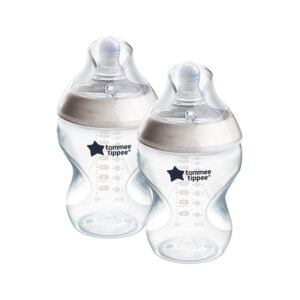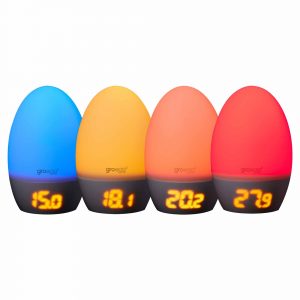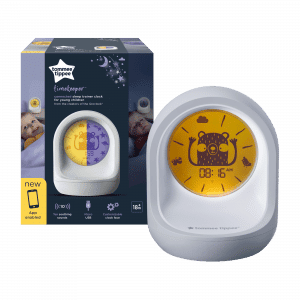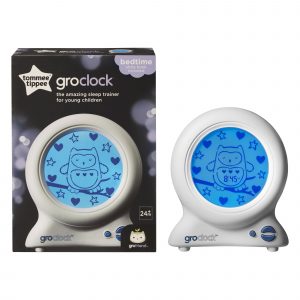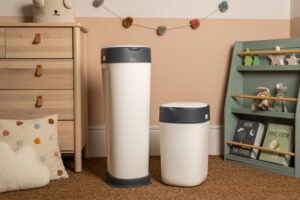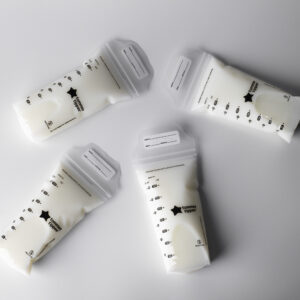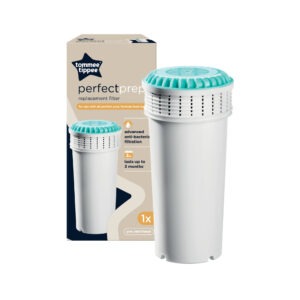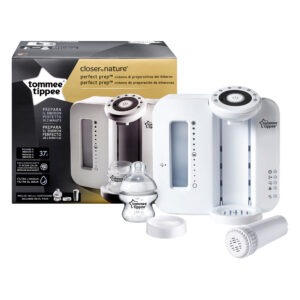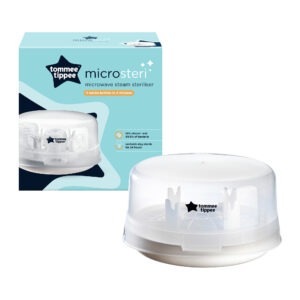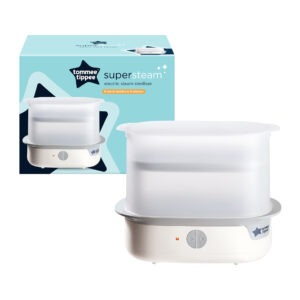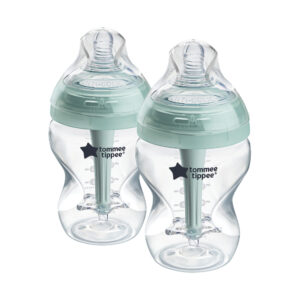Bottle Feeding

How to hold a bottle when feeding a newborn
How to hold a bottle when feeding a newborn

There isn’t a ‘one size fits all’ solution to bottle feeding a newborn baby. But there are ways to make feeding with a bottle easier, such as how you hold the bottle.
Every baby is different, with ranging likes, dislikes, and abilities, and it’s important to remember that they’re trying to figure out what they prefer at the very same time as you are.
At Tommee Tippee, we know lots about feeding using baby bottles.
Here are the basics you need to know about how to hold a bottle to feed a newborn, so you can feel confident that your baby is safe and healthy.
What position to hold your baby in when bottle feeding
Before holding the bottle, you need to put your baby in the right position.
Sit yourself in a comfortable position with your baby close to you. Then, hold them in a one of the below positions.
Make sure to support their head – this helps them breathe and swallow comfortably as they feed and prevents milk from leaking into their ear which can lead to an infection.
Common bottle-feeding positions
How to hold your baby’s bottle when feeding
Now it’s time for the bottle.
Gently place the bottle teat into the baby’s mouth and keep the bottle in a horizontal position with a slight tilt. This moderate angle will allow the milk to flow steadily and help prevent your baby from taking in air.
Top tip: If your baby is ingesting air as they feed, you can sit them more upright and tip the bottle high enough so that the milk fills the whole teat while they are feeding.
Creating the smoothest bottle-feeding experience
The infant bottles and teats you choose can also have an impact on bottle feed times.
From finding the bottle that sits the most comfortably in your hand, to teats that replicate the flex and stretch of a breast, Tommee Tippee’s products have been specifically designed for smoother feeds.
Teats in different flow rates change the pace that milk flows into baby’s mouth. This gives you and baby more control over their feed, helping with air intake, feeding discomfort, and fussiness.
Each Tommee Tippee bottle teat is marked with a letter or number according to its flow rate.
Your bottle-holding position also needs to consider where the valve is to help keep gas away from baby’s tummy. If you’re using a Natural Start® bottle, the anti-colic valve will work wherever it’s positioned, but the best place for the valve is at the top, near your baby’s nose.
Your baby may be squirming while bottle feeding due to discomfort. There can be many causes for this, but these are some of the common issues:
- Gas: Swallowing air can cause trapped gas. Burping can help resolve this, but you can also change to a slower-flowing teat or adjust your baby’s position and the bottle’s angle to more upright.
- Milk flow: Adjust your teat flow to suit your child’s feeding pace and sucking ability so they feel more comfortable.
- Discomfort: Baby may be focused on any discomfort they’re feeling, such as teething or constipation, and squirm to indicate this.
- Physical factors: If baby is tired, sick, or experiencing a change in their routine, they may feel less at-ease when feeding and, in turn, be restless.
All babies are different. They all feed at different rates and volumes.
All you need to do is feed your baby when they seem hungry, give them plenty of time to feed, and they will do the rest. They will know how much they need – including whether they need to finish the bottle – so simply follow their lead.
You should never over-feed your baby or force them to finish a full feed if they don’t want to. Signs that your baby needs a break or is full and ready to stop feeding include:
- Relaxed hands and overall posture
- Sleepiness
- Quicker, lighter sucking motion with pauses
- Turning their head away from the bottle
- Closing their mouth
Firstly, don’t panic or feel defeated – you’re doing great.
All it might take are some slight adjustments that could make all the difference.
Talk to your midwife or health visitor for advice, or get in touch with other parents who have bottle fed. Not only can they offer emotional support, but they might have tips and tricks that suit your baby too.


